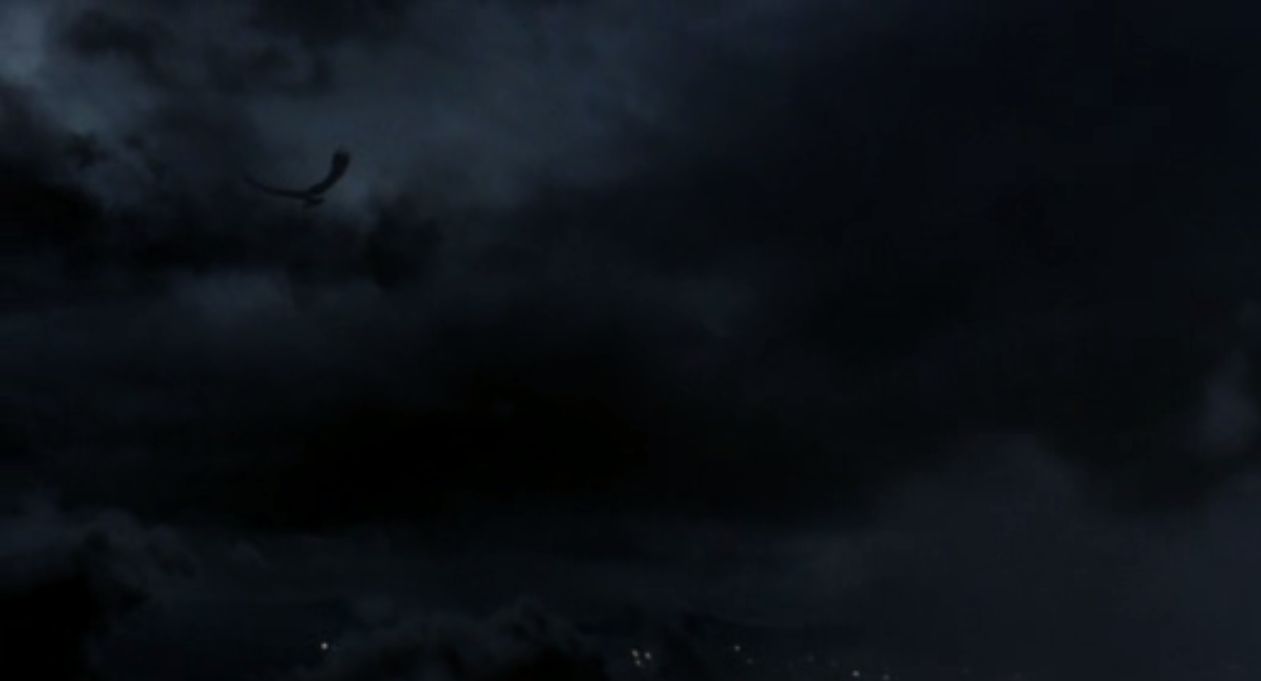Lady in the Water (2006)
/(spoilers ahead)
Lady in the Water is not a misunderstood movie. It bombed when it came out and Wikipedia says since then it has been more appreciated than critics did then, but seeing it for the first time now, it’s easy to see that it’s a big failure and the definitive tipping point for director M. Night Shyamalan. Sixth Sense was great, Unbreakable maybe even greater, Signs I still liked a lot (even if I was suddenly alone), The Village is not good but somewhat enjoyable, but Lady in the Water hit a new, very low level. It has its few moments, but overall it’s a complete mess. The opening is already confusing and goes on for too long, the movie then goes back and forth on the same ideas over and over again for what feels like forever only to end with one of the most absurd endings ever seen. The bad thing about the ending is that it is supposed to feel grand and spectacular, but you can only sit there and wonder if all of this really happened. The biggest reason for disbelief for the end is that the movie tries to be some kind of metaphor most of the time, but throws of all that out of the window for an effects-heavy fairytale ending that is just laughable.
Besides the obvious (the silly plot, the bad effects, some of the characters), there were some things that really bothered me about this movie. The aspect that actually made me angry has to do with metafiction. What’s metafiction you ask? I’ll be happy to explain. Metafiction is fiction that deals with fiction. Mostly its purpose is to make the reader or viewer aware of the fact that he is dealing with fiction, contrary to the illusion that fictional works normally try to evoke. He or she thereby has to reflect upon his understanding and place within that fiction and think about the meaning of what is being watched or read. It’s a very fascinating concept and used in many different ways in different mediums. I could and would easily write a book about that, but I probably wouldn’t be the first. Anyway, I really like it as a story device and when it is used right (as when Tyler Durden grabs the camera and talks to you in Fight Club or when writer Grant Morrison talks to the character he is writing in the Animal Man comics or when Stephen King… you have to see for yourself), it has a startling effect because you have to react somehow. The boundaries are gone and you not only see some characters that you can identify with but also their creators and ultimately yourself.
Well, I shouldn’t be too enthusiastic because Lady in the Water terribly screws up the idea of metafiction. There are several ways it uses it and they all fail. First of all, the female character that starts the story is a Narf (something like a mermaid only with a sillier name) called… Story (played by Bryce Dallas Howard who has to make big eyes throughout the movie and cower half-naked in a shower while ten people stare at her). Yes, her name is Story. Because she is a “story” from the past when things were better and now she needs someone to tell her “story” to make things better again. This is not a bad idea and it does remind me a little bit of some of Daniel Quinn’s work but in a really, really bad way. It’s like the definition of pretentious (“full of pretension; characterized by the assumption of dignity, importance, artistic distinction, etc.”) because opposed to Quinn, Shyamalan doesn’t give us that great story. All he says is, there is this great story that will change the world, and that he gets all his characters to fight for that story. But that doesn’t work if there are no specifics and only a vague legend with stupid names. And it also doesn’t help that Heep constantly asks Young-Soon Choi (Cindy Cheung) to ask her grandmother to tell her the story about Narfs and such, and she goes on and on and on and it’s the most complicated, incomprehensible and boring fairytale ever conceived.
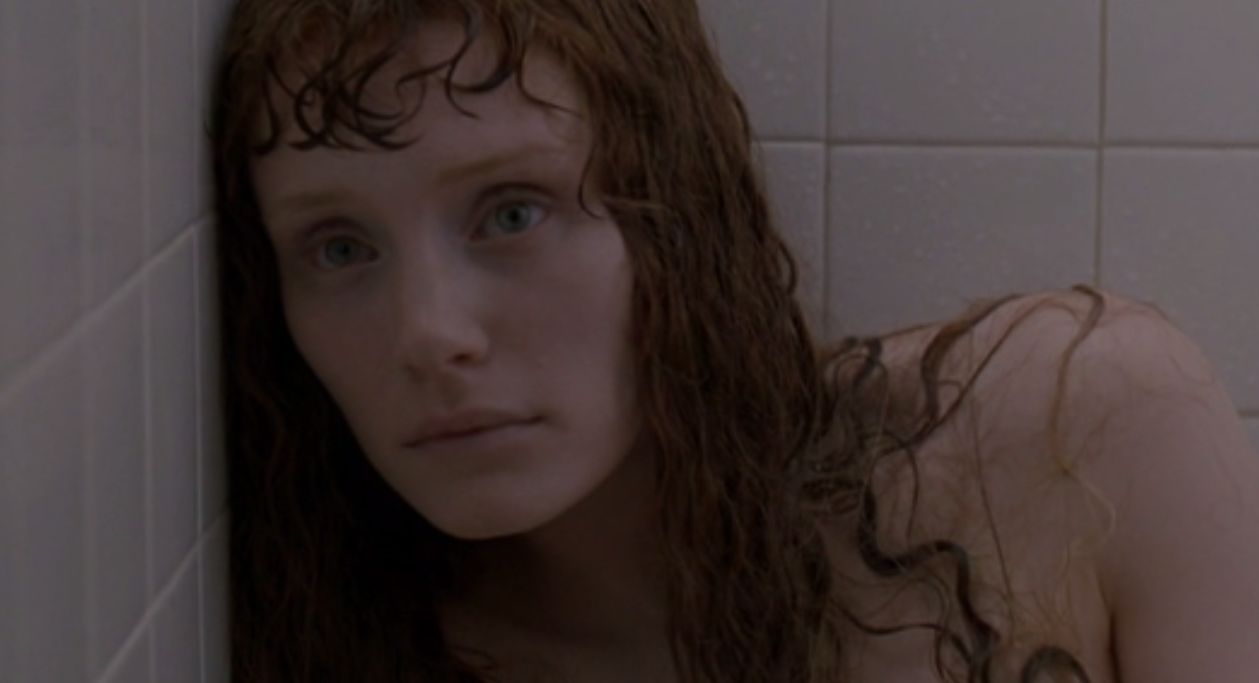
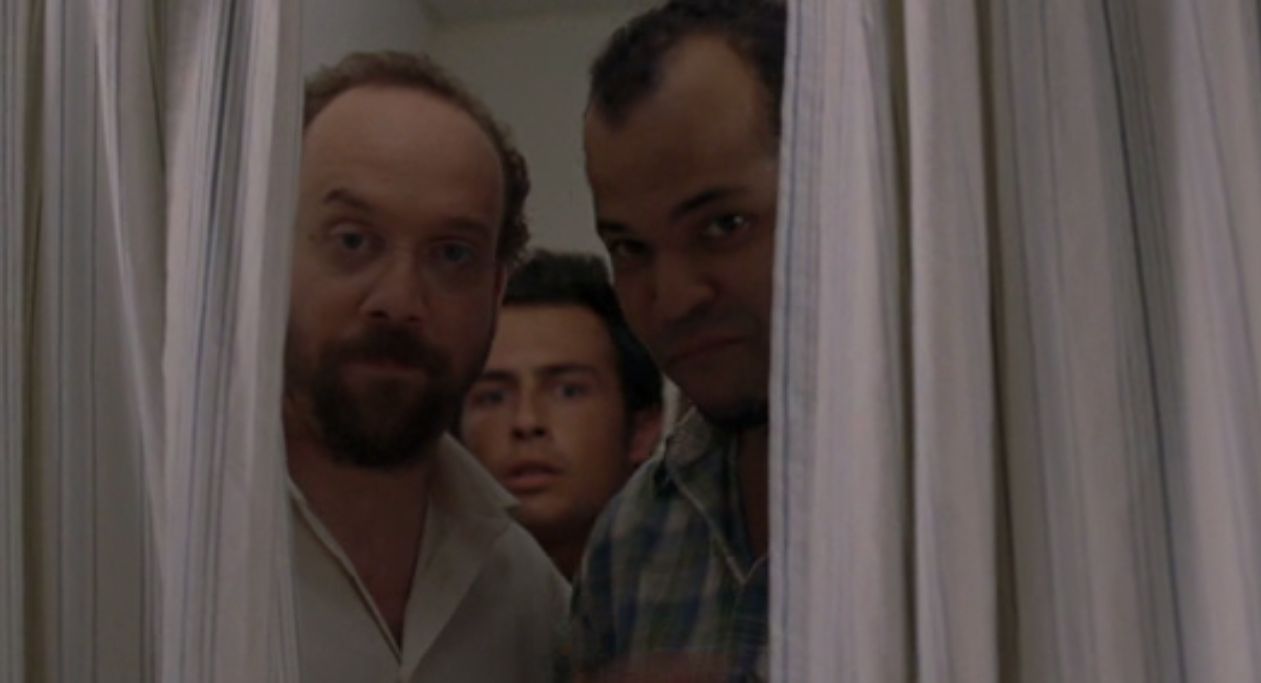
To make matters worse, Shyamalan does something many people have mocked him for and watching it, makes it clear how justified all of that mockery is. There is an author that has to be found by our protagonist Cleveland Heep (Paul Giamatti, also getting away with a great character name), an author who will write a book that will basically save the world because its ideas are so special. This author is played by writer/director M. Night Shyamalan. What was he thinking? That everyone would say: Yes, this movie will save the world, so it’s not at all arrogant to portray yourself as a savior to mankind! He’s one of the last faces we clearly see before the movie is over, for Narf’s sake! It’s really mind-boggling.
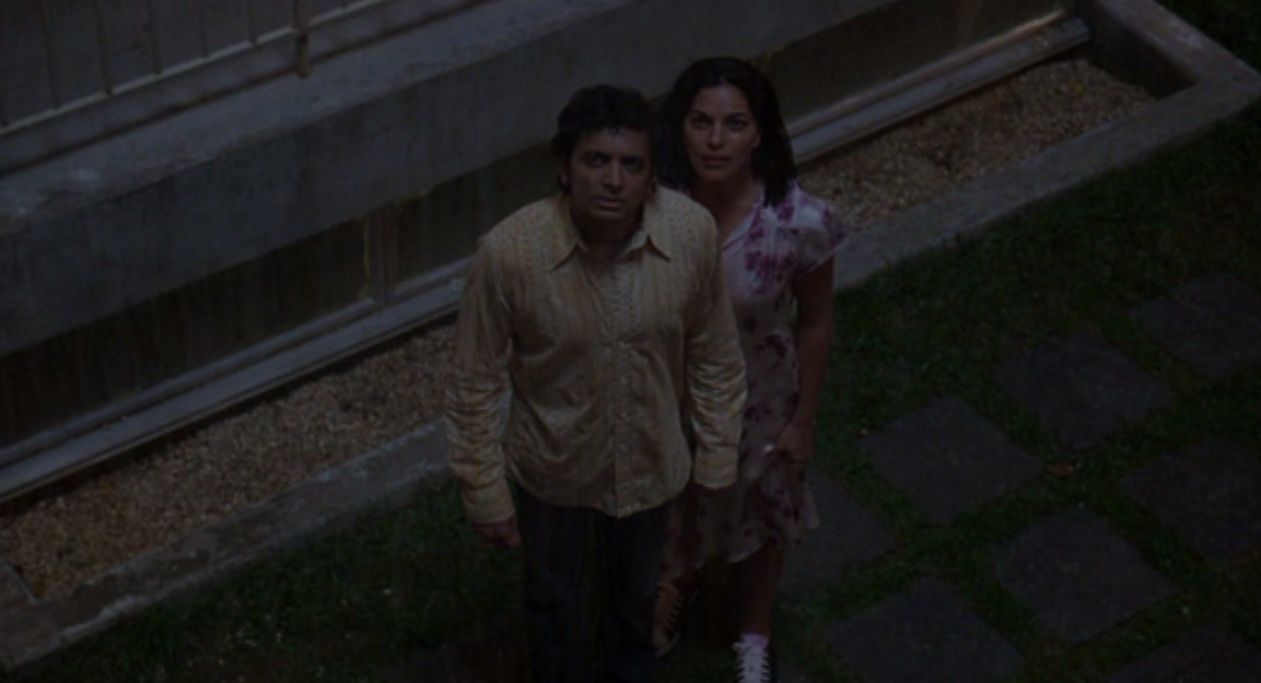
The last metafictional part is the worst because its core concept is intriguing. There is a character called Harry Farber (Bob Balaban), a film critic who knows, as the movie states, everything about plots and knows what will happen in any movie or book (“There is no originality left in the world” he says because is a cynical jerk). So he goes on to detail all the tropes of movie characters while we see those characters in the movie and they do exactly what he says they will. Why does he do that? Because Heep and Story look for some people who play a part in their Story, I mean story with fancy names like “Healer”, “Guild”, “Guardian” and “Symbolist.” He says sentences like “This is the writer's way of establishing characters who will be important further in the story” which they then are. In his final scene, Farber encounters a Scrunt, a wolf-like monster that hunts the Narfs (it’s so hard to talk about that with a straight face). He delivers the following monologue
This is like a moment from a horror movie. It is precisely the moment where the mutation or beast will attempt to kill an unlikable side character. But in stories where there has been no prior cursing, nudity, killing or death, such as in a family film the unlikable character will narrowly escape his encounter and be referenced again later in the story having learned valuable lessons. He may even be given a humorous moment to allow the audience to feel good about him. This is where I turn to run. You will leap for me. I will shut the door. And you will land a fraction of a second too late.
He is then attacked and killed. I cannot describe how I hated this. In another movie, this could have been amazing. But everything in this movie must be seen with Shyamalan sitting behind you and whispering in your ear: “You see what I did there? Cool, huh?” Except that it’s totally not. It’s awful and stupid, and (that’s why I get so furious) gives metafiction a bad name it doesn’t deserve. Shame on you for wasting this potential!
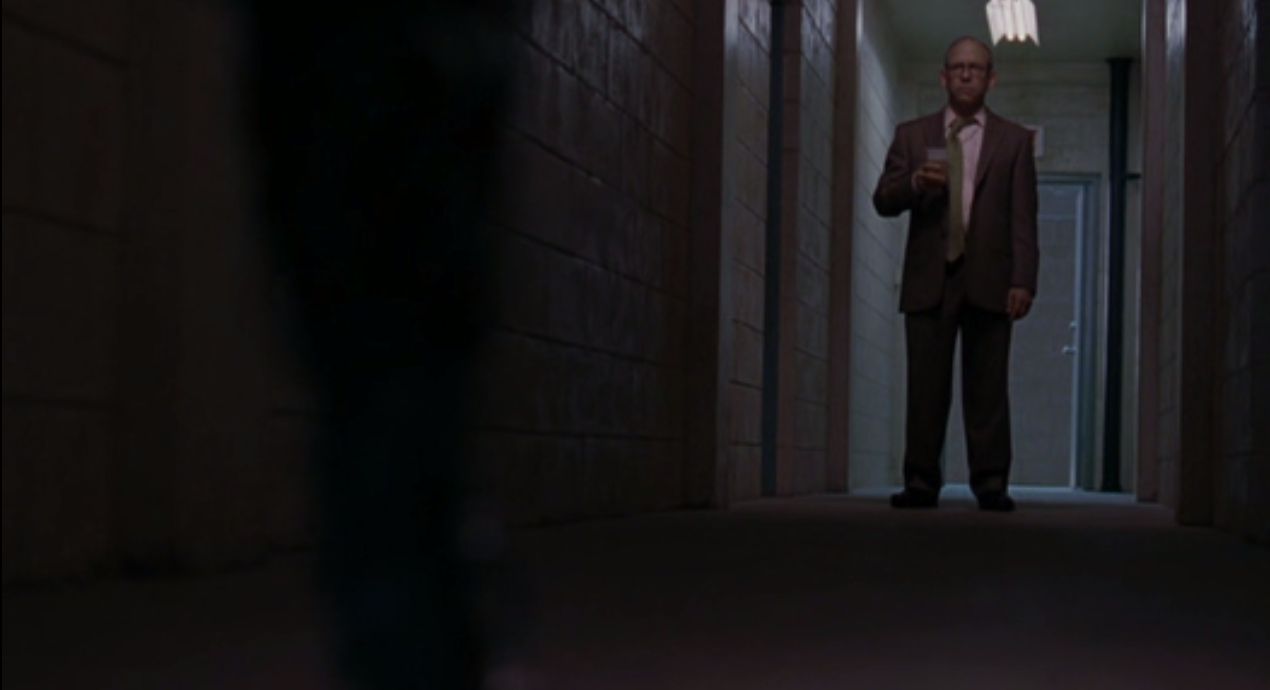
And what makes me furious more is that Shyamalan has this grand idea about man and how man can be saved, which is actually quite an important thing to portray, only that he doesn’t have any clue about anything. “Does man deserve to saved?” one characters asks and the other one responds “Yes.” Why? No one explains. Saved from what? No one says. The unbearable opening segment tells that story of man and “those in the water” being linked like two tribes living in harmony, but “man does not listen very well. Man’s need to own everything led him deeper into the land” bla bla bla. The problem with this concept, which isn’t new but he pretends it is since he’s the savior and all, is that man is inherently flawed. You know, he doesn’t listen so we’re all screwed until the Narfs save us. But what he doesn’t see, and again, he’s not alone in this, is that if humans are naturally flawed then there is no hope at all. If we are bound to fail no movie or mermaid can ever save us because we’ll always be flawed and screw up again. Many people choose to believe that, but if you write and film a story about hope for mankind, that is not the story you can tell because there is no hope in that logic. On the other hand, if it’s just our culture that is flawed, then you can find hope. That’s what Daniel Quinn says but I will not get into this here, mainly because I want to wait until I get there with my English course in a couple of months (and yes, some of them are actually reading this – hello my dear appreciators). And the movie doesn’t need such a comparison to be a big failure. It has its moments, sure, and Shyamalan knows how to use cameras and James Newton Howard unsurprisingly manages to make the score sound decent, but the more you think about it, the more stupid the movie becomes. And that second-to-last shot is just… you almost have to see the movie to believe it. It’s a movie you want to tell others about, just for the looks on their faces. Even if that probably won’t save mankind, but it's more than can be said for this movie.
